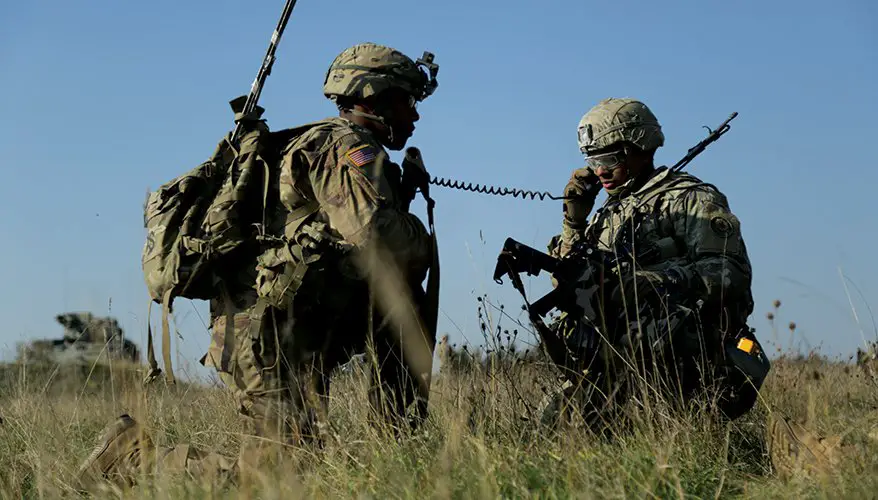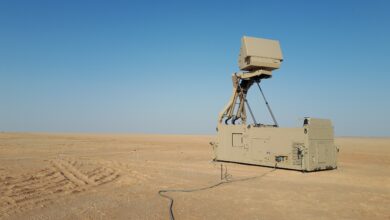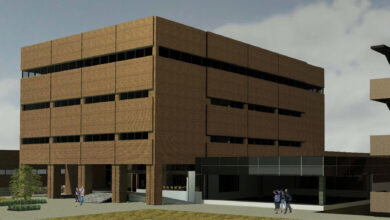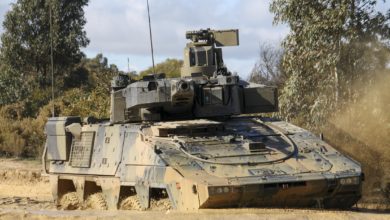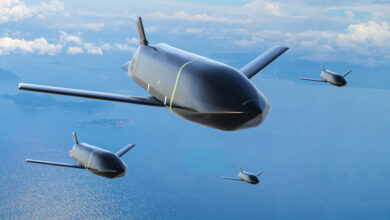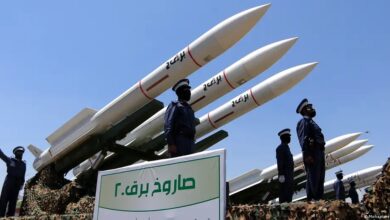US Army Tests World’s First Long-Range Quantum Radio Communication
The US Army has tested what is said to be the world’s first long-range radio communication system that uses an atomic quantum receiver.
Developed by Rydberg Technologies, the capability leverages a new form of atomic radio detection to protect sensitive communications from hackers.
It uses a quantum sensor that is far more sensitive to very small changes in electromagnetic fields, allowing for the detection of a wider variety of wavelengths than a conventional antenna.
The system reportedly uses little energy and is less sensitive to electromagnetic disruption.
During a trial conducted at an annual field-based experimentation event, the Rydberg atomic receiver demonstrated “extraordinary” sensitivity across high-frequency and super high-frequency bands, enabling over-the-air communication over long distances.
The receiver also showcased signal selectivity and immunity to unwanted interference, particularly in contested electromagnetic environments.
We are very excited to share the news about our participation in NetModx23.
The team's hard work and innovation resulted in important milestones for Rydberg Atomic Receivers. More to come in 2024!
Learn more: https://t.co/A65iEflucX #quantum #rydberg #quantumsensing pic.twitter.com/KcsaPaUA62
— Rydberg Technologies (@RydbergTech) December 21, 2023
Anticipating Future Challenges
Testing of the quantum radio communication system comes as the US prepares for the anticipated considerable role of the electromagnetic spectrum in future warfare.
Apart from enabling long-range communication, the quantum sensor could allow military units to detect drones or soldiers using high-tech communication equipment.
It could also help discover new ways to communicate between drones, aircraft, and ships amid heavy electromagnetic interference.
“The introduction of our atomic receiver prototype and its successful deployment under real-world conditions represents an important step forward in the quantum technology landscape,” Rydberg CEO David A. Anderson said.
“We have demonstrated the smallest ever atomic receiver at frequencies and long-range communication distances that show a clear path for transitioning Rydberg atom quantum technologies from laboratory to real-world applications.”

